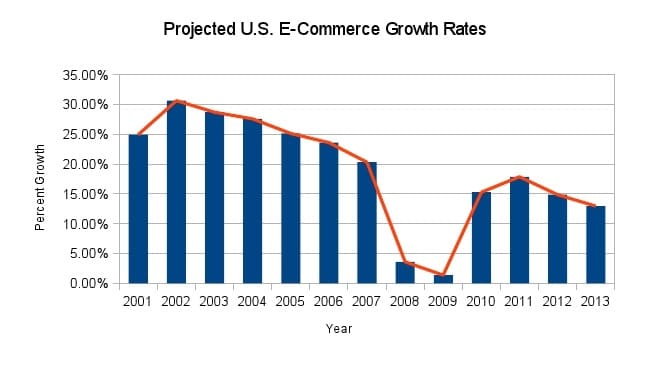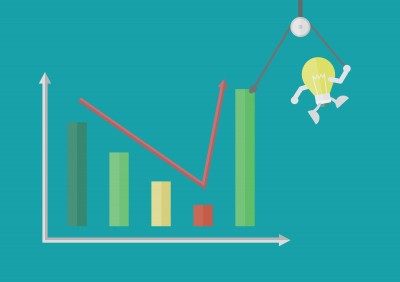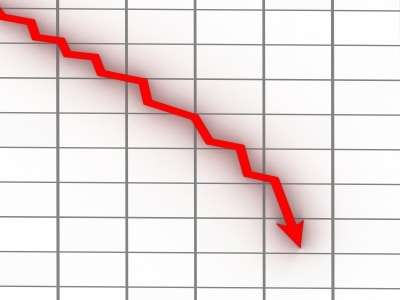My Dividend Growth Portfolio – Different DGI Approach
After introducing myself, I now want to present my dividend growth portfolio. It will give you an idea of how I manage my portfolio and will definitely give you another vision of dividend growth investing as I don’t exactly follow the classic dividend investing model.
I’m not claiming to have the best investment strategy, far from it. I think a good investment strategy is a combination of both a solid set of investing rules and a style that will fit with your knowledge and personality. There are many good investment strategies that will lead you to your financial objectives. The best investing strategy is the one that helps you sleep at night 😉
Investment Goals
When I started investing, I was a bit more like a trader than an investor. I was buying and selling stocks each month and was making a healthy profit. After three years using this strategy, I had 50K in the bank and bought my first house. These were the easy days back in 2003-2006. Since then, I’ve burnt myself with this strategy and decided to take a pause. This is when I discovered dividend investing back in 2010.
Since then, I decided to establish my investment goals and setup the base of a sound investing philosophy. No more trading for the sake of a quick profit, more focus on long term investing and using the power of compounding.
My investing goal is quite simple; I’m currently 34 and hope to retire before the age of 55. A good part of my retirement will be funded by my pension plan from a day job and my own retirement account; my dividend growth portfolio. I’ve mentioned in my introduction I might retire at the age of 35, but that is entirely depending on my online business. A little bit like Jason, I have the possibility of making 6 figures from my sites. If I reach that, I will not need to wait until 55.
But my investing goal will remain the same; I don’t intend to touch my portfolio for a living until the age of 55. I want to see it grow and benefit from the compounded dividend growth 20 years from now.
Investing Rules
Ove the past five years, I’ve worked on my dividend growth model to make it fit my objectives and to fully benefit from my passion for the stock market. I’ve come up with my own set of 7 investing rules:
#1: HIGH DIVIDEND YIELD DOESN’T EQUAL HIGH RETURNS
#2: FOCUS ON DIVIDEND GROWTH
#3: FIND SUSTAINABLE DIVIDEND GROWTH STOCKS
#4: THE BUSINESS MODEL ENSURES FUTURE GROWTH
#5: BUY WHEN YOU HAVE MONEY IN HAND
#6: THE RATIONALE USED TO BUY IS ALSO USED TO SELL
#7: THINK CORE, THINK GROWTH
I will come back to my investing principles in a later post and there is a clear explanation for each rule.
The main difference between my portfolio vs another classic dividend portfolio is that I divided my portfolio into two segments: the core and growth. The core segment includes companies I will likely hold forever. They resemble the “buy & hold” strategy you find among dividend investors. I hold companies such as Coca-Cola (KO), Wal Mart (WMT), Johnson & Johnson (JNJ), etc.
But since the market is a two headed beast going sideways quite often, there are also great buying opportunities in the market. This is why I also use a part of my portfolio for growth stocks. These companies must pay a dividend to be included in my portfolio, but they will show additional weaknesses a classic dividend stock would not show. This is a riskier part of my portfolio that could reward me with great returns or finish with a loss. I usually have a time frame of 18 to 24 months for them. I’ve had success in the past with Seagate Technology (STX), Chevron (CVX), Husky Energy (HSE.TO) and currently have great success with Apple (AAPL) and SNC Lavalin (SNC.TO). However, I don’t always make good moves. I’m currently in the process of selling Black Diamond Group (BDI.TO) after a dividend cut and I still show a paper loss on my investing in Helmerich & Payne (HP).
My core holdings allow me to have a strong base of dividend revenue and I can hope to make both dividend growth and stock value growth transactions with my growth segment.
Asset Allocation
As you can see, my asset allocation per sector is well diversified:
picture sector allocation
My portfolio is roughly 30% invested Canadian stocks (I’m Canadian) and 70% in US stocks as I believe this is where the money is for now. My biggest position is Apple as I show an investment return over 100% with this one. My core holding is obviously the biggest part of my portfolio:
My Portfolio
Here’s in details my holdings and how much they weight in my portfolio:
portfolio chart
As I mentioned, I recently sold BDI.TO and expect to replace it shortly by another company.
Thoughts?
I know you might be not familiar with a few of my holdings (particularly the Canadian ones) and you probably wonder how AAPL and DIS fall into a dividend growth portfolio with such low yields. However, If you look at their dividend growth potential for the future, you will see how quickly they become interesting dividend payers based on your cost of purchase.
I’d be curious to know what you think of this strategy and what is your first impression of my portfolio?
Cheers,
Mike.






